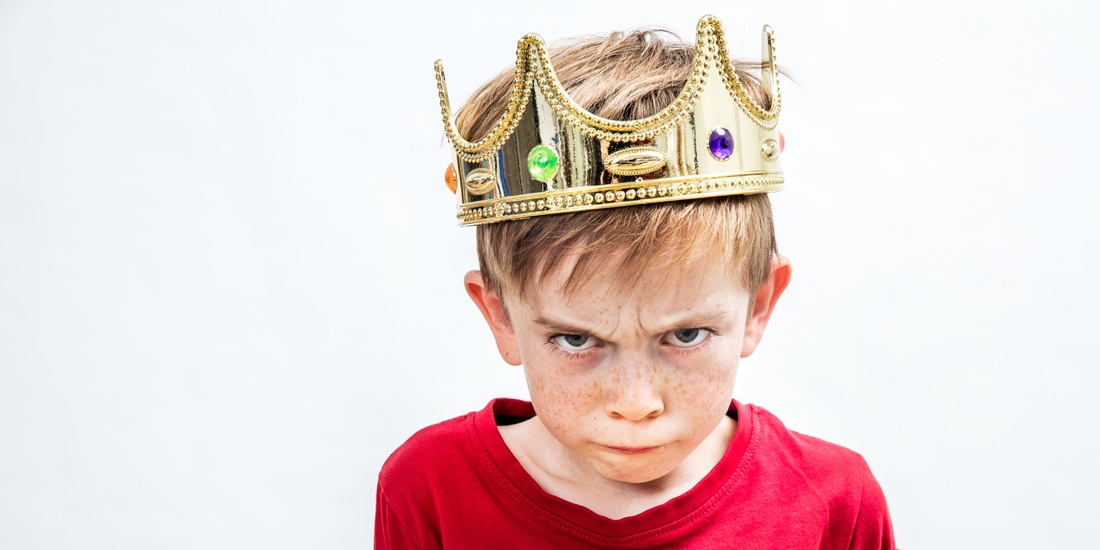#1 daily challenge with children: How to get from A to Z without fighting, yelling or throwing a tantrum? Learn why transitions make it so difficult to get through the day peacefully.
Learn
Basic Concepts
What are ‘Transitions’?
Mini activities that we regard as routine – ‘transitions’ – may be monumental for a child. Each transition has the potential to disrupt a child’s focus. Each transition is a derailing point in getting to the end goal.
For example, think about all the activities required for your child to go from physically getting out of bed to physically sitting in their car seat: take off pajamas, get changed, brush teeth, eat breakfast, go to the bathroom, wear socks, put on shoes, etc. So many derailing points!
Why are Transitions So Hard for Children?
Different concept of time + Developmental need for power and control
- Time – Young children don’t have the same concept of time as adults. A grown-up saying, “We need to leave” or “We’re running late” means nothing to a child. Remember: young children often can’t tell time and the magnitude of a second vs. minute vs. hour feels different to them.
- Power and control – Young children are egocentric; they want – need – power and control.
For example, if a routine like putting on shoes to leave the house is consistently difficult, it’s likely because a child is asserting their will and independence – at the same time. The child is effectively saying, “If this moment is important to you (grown-up), then it’s now important to me!” Moreover, they’re also showing that they have their own plans to which they are more committed.
- The combo – The combination of being rushed (i.e., different concept of time) while trying to grasp some element of control will invariably be stressful for a child – a recipe for a tantrum.
Just Remember
- Different concept of time + Developmental need for power and control = Transitions are hard for children.
- Assertion of will + assertion of independence (built into their desire to assert their will) are important developmental needs for young children.
So how do you practically (and peacefully) go from A to Z?
